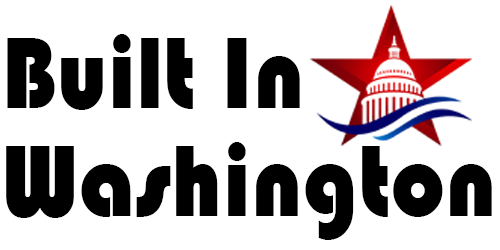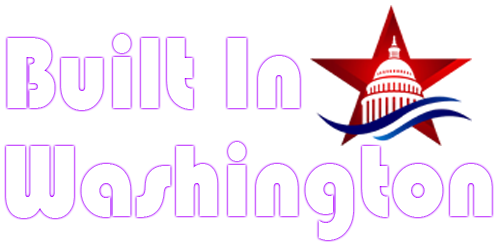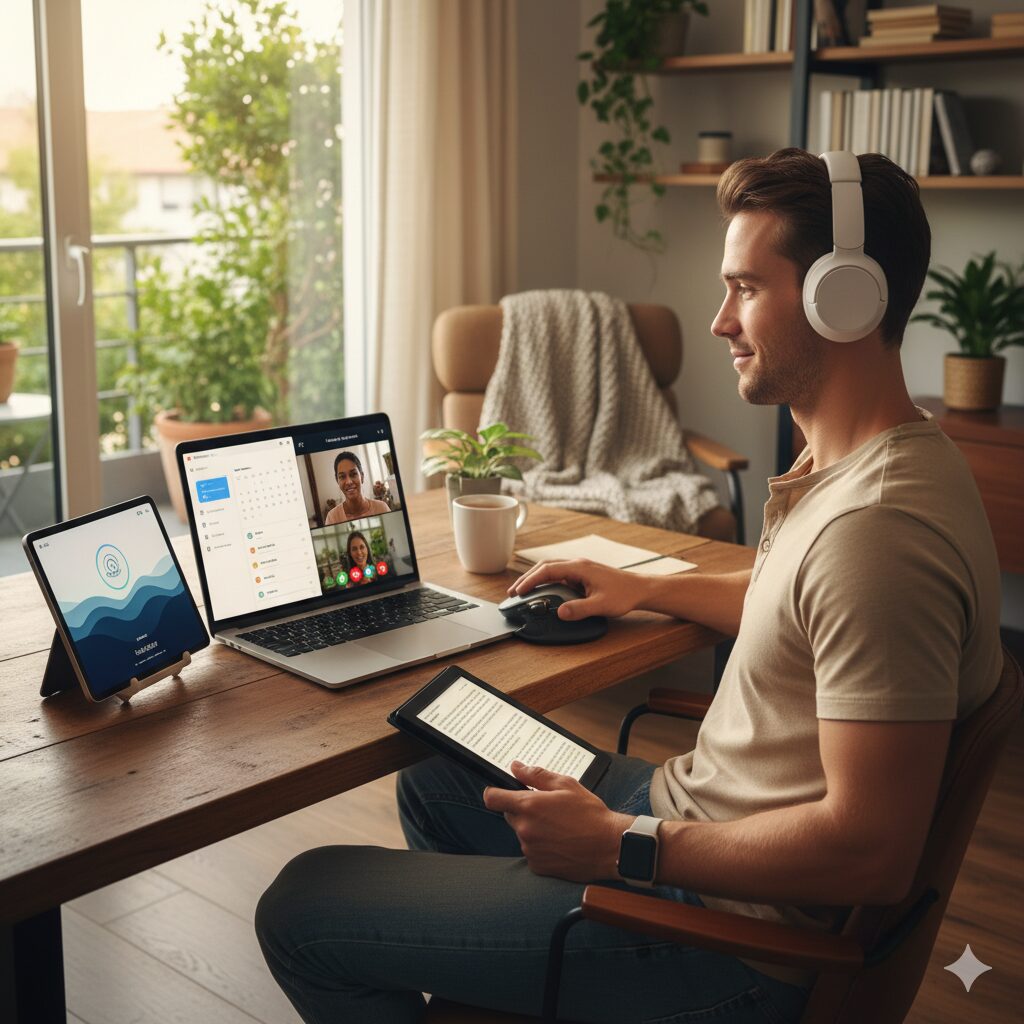Digital balance is key to a healthy lifestyle learn practical strategies for balancing the pros and cons of everyday tech use to boost your well-being.
Introduction: Why Digital Balance Matters
Digital balance is the art of managing technology in a way that enhances daily life without overwhelming it. Today’s fast-paced world runs on smartphones, tablets, and wearable devices, putting the spotlight on building habits that keep our screen time healthy and our minds sharp. Achieving digital balance means staying connected, productive, and entertained while making sure technology supports, rather than dominates, our experiences.
What Is Digital Balance?
Digital balance is the intentional effort to regulate technology use, ensuring time spent online doesn’t overshadow offline living. It involves conscious choices: limiting unnecessary screen time, prioritizing genuine relationships, and making room for hobbies, exercise, and rest. Digital balance is not about rejecting technology, but about using it mindfully to preserve mental and physical health.
The Benefits of Everyday Tech Use
When approached with digital balance, technology offers significant advantages:
Instant Communication: Connect easily with loved ones and colleagues.
Productivity Gains: Manage work projects, home routines, and schedules more efficiently.
Learning Opportunities: Access courses, articles, and tutorials for continuous growth.
Health and Fitness: Use wearable devices and apps to track activity and wellness goals.
Smart Assistance: Let digital assistants organize, remind, and streamline day-to-day tasks.
When managed wisely, technology boosts creativity and gives people the flexibility to work, learn, and socialize from anywhere.
The Risks of Overusing Technology
Technology overuse can create physical and emotional challenges. Signs of poor tech-life boundaries include digital overload, sleep disruption, anxiety, and difficulty focusing. Extended device sessions can harm posture, strain eyes, and erode meaningful connections. Emotional well-being often takes a hit when scrolling replaces physical activity and face-to-face interactions.
Those who ignore digital balance might also experience “fear of missing out,” increased stress, and even technology addiction. It’s easy for endless notifications and media feeds to chip away at focus and free time.
Digital Balance Strategies for Daily Life
To master digital balance, experiment with these healthy tech habits:
Set Daily Screen Time Goals: Use phone timers and digital well-being tools.
Turn Off Distractions: Limit non-critical notifications and social media pings.
Create Tech-Free Zones: Establish places in your home like the dinner table or bedroom where digital devices are off-limits.
Prioritize Offline Activities: Schedule nature walks, hobbies, or in-person get-togethers.
Plan Device-Free Evenings: Give your mind time to recharge by unplugging before bedtime.
By tracking device use and scheduling unplugged activities, anyone can create a formula that works for their unique needs.
Digital Balance in the Modern Workplace
Employees and employers alike benefit from encouraging digital balance. The best workplaces promote face-to-face collaboration, respect downtime, and use productivity software to minimize busywork. Encouraging staff to disconnect after office hours prevents burnout and keeps creativity flowing.
Digital Balance for Families and Children
Modeling digital balance helps children and teens develop lifelong habits:
Set Family Technology Rules: Agree on shared limits for daily screen time.
Encourage Physical Play: Replace digital entertainment with outdoor adventures and active games.
Participate Together: Try educational apps or games as a family, but keep device time limited and purposeful.
Building healthy habits early prevents digital dependence and encourages stronger communication skills.
Signs of Digital Overload and Tips to Reclaim Balance
It’s important to watch for warning signs of imbalance like feeling anxious without your phone, struggling to finish tasks, or lacking restful sleep. Combat digital overload by:
Taking frequent breaks from screens
Turning off electronic devices at least an hour before bedtime
Balancing online engagement with meaningful offline experiences
Reclaiming digital balance is about small, persistent changes each step restoring focus, energy, and fulfillment.
The Role of Artificial Intelligence in Digital Balance
More Read
Artificial Intelligence can make achieving digital balance easier or harder. Smart recommendations, productivity boosters, and reminders help manage time and priorities. However, AI-powered feeds, auto-play content, and relentless notifications can tempt users into mindless scrolling. The key is mindful use: enjoy the benefits of AI, but remain aware of its distractions.
Powerful Resources to Support Digital Balance
External Resources:
Internal Links (examples for your site):
How to Build Healthy Digital Habits
Managing Screen Time for Families
Conclusion: Embracing a Life of Digital Balance
Achieving digital balance is a journey not a destination. Technology is most powerful when used intentionally. By prioritizing offline activities, monitoring device habits, and approaching tech with self-awareness, anyone can enjoy the best of both worlds: the opportunities of the digital age and the richness of real-life experiences.
Lorem ipsum dolor sit amet, consectetur adipiscing elit. Ut elit tellus, luctus nec ullamcorper mattis, pulvinar dapibus leo.














